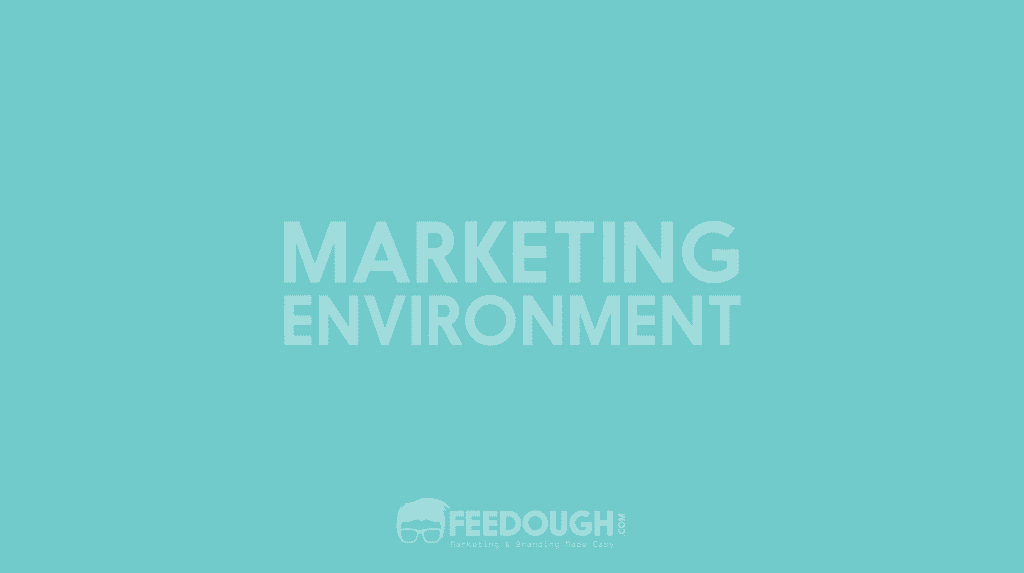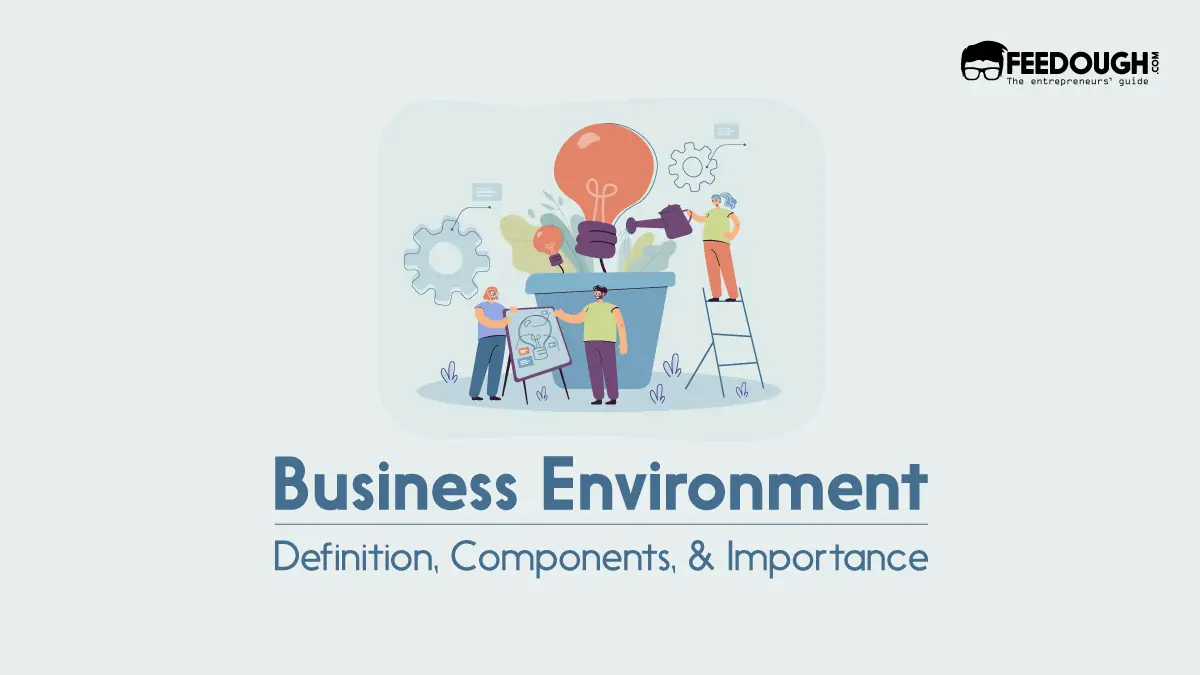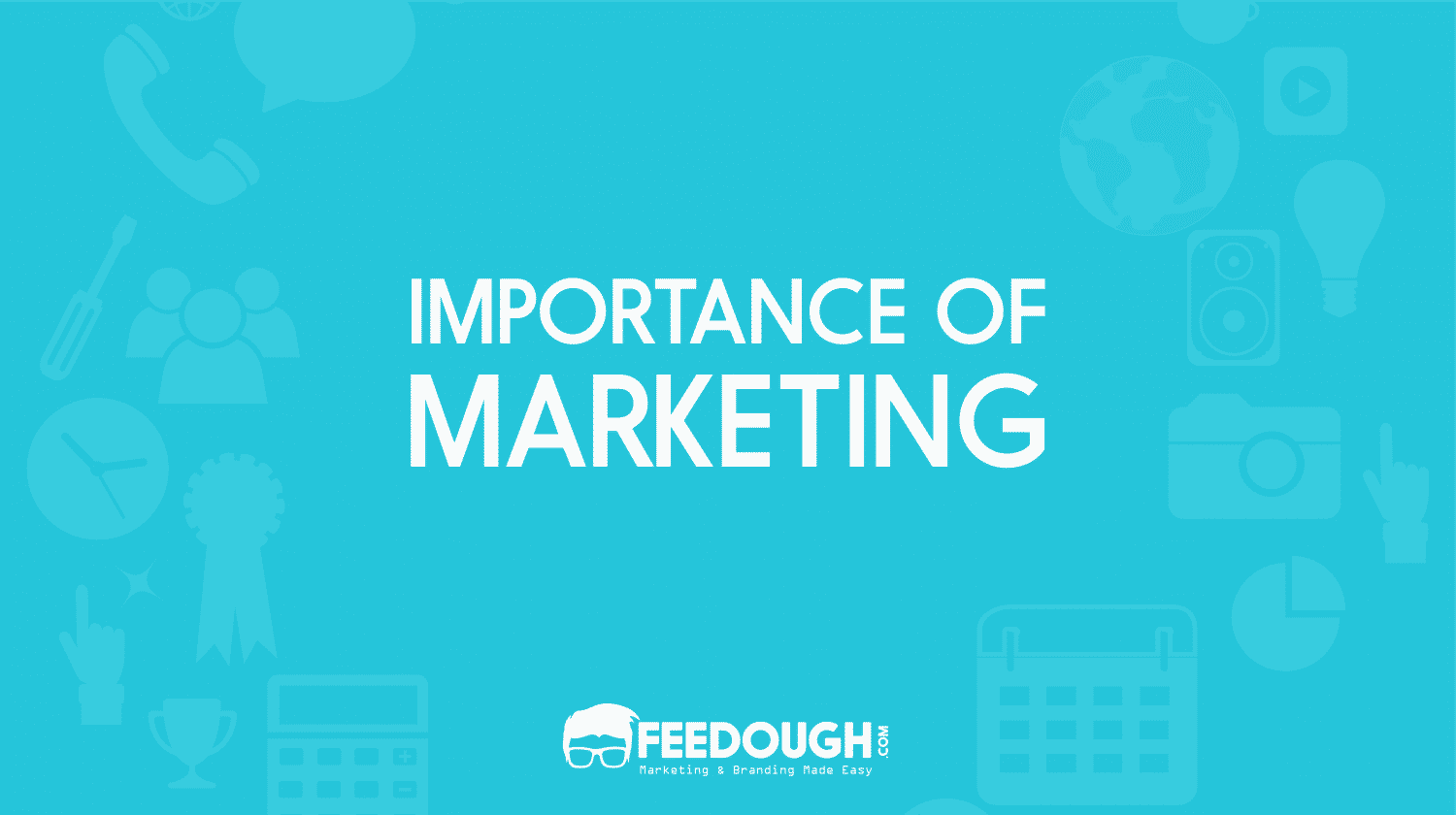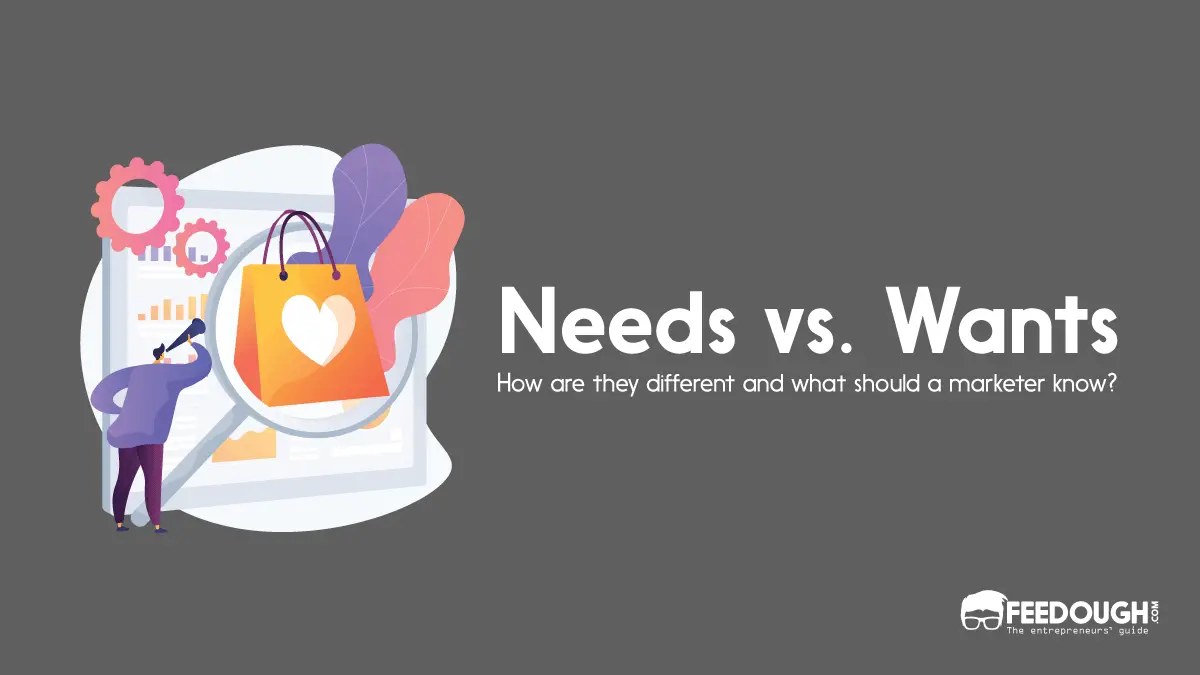Several internal and external factors affect a business’s marketing activities. While some of the factors are in the control of the business, most of these are not, and the business has to adapt itself to avoid being affected by changes in these factors. These external and internal factors group together to form a marketing environment in which the business operates.
What Is Marketing Environment?
The marketing environment is the combination of external and internal factors and forces that affect the company’s ability to establish a relationship and serve its customers.
The marketing environment of a business consists of an internal and an external environment.
- The internal environment is company-specific and includes owners, workers, machines, materials etc.
- The external environment is further divided into two components: micro & macro.
- The micro or task environment is also specific to the business but is external. It consists of factors engaged in producing, distributing, and promoting the offering.
- The macro or the broad environment includes larger societal forces which affect society as a whole. It is made up of six components: demographic, economic, physical, technological, political-legal, and social-cultural environment.
“A company’s marketing environment consists of the actors and forces outside of marketing that affect marketing management ability to build and maintain successful relationships with target customers”. – Philip Kotler
What Are The Components Of Marketing Environment?
The marketing environment is made up of the internal and external environment of the business. While the internal environment can be controlled, the business has less or no control over the external environment.
Internal Environment
The internal environment of the business includes all the forces and factors inside the organisation which affect its marketing operations. These components can be grouped under the Five Ms of the business, which are:
- Men: The people of the organisation, including both skilled and unskilled workers.
- Minutes: Time taken for the processes of the business to complete.
- Machinery: Equipment required by the business to facilitate or complete the processes.
- Materials: The factors of production or supplies required by the business to complete the processes or production.
- Money: Money is the financial resource used to purchase machinery, materials, and pay the employees.
The internal environment is under the control of the marketer and can be changed with the changing external environment. Nevertheless, the internal marketing environment is as important for the business as the external marketing environment. This environment includes the sales department, the marketing department, the manufacturing unit, the human resource department, etc.
External Environment
The external environment constitutes factors and forces which are external to the business and over which the marketer has little or no control. The external environment is of two types:
- Micro marketing environment
- Macro marketing environment
Micro Environment
The micro-component of the external environment is also known as the task environment. It comprises external forces and factors that are directly related to the business. These include suppliers, market intermediaries, customers, partners, competitors and the public.
- Suppliers include all the parties which provide resources needed by the organisation.
- Market intermediaries include parties involved in distributing the product or service of the organisation.
- Partners are all the separate entities like advertising agencies, market research organisations, banking and insurance companies, transportation companies, brokers, etc., which conduct business with the organisation.
- Customers comprise the target group of the organisation.
- Competitors are the players in the same market who targets similar customers as the organisation.
- The public comprises any other group with an actual or potential interest or affects the company’s ability to serve its customers.
Macro Environment
The macro component of the marketing environment is also known as the broad environment. It constitutes the external factors and forces which affect the industry as a whole but don’t have a direct effect on the business. The macro-environment can be divided into six parts.
Demographic Environment
The demographic environment is made up of the people who constitute the market. It is characterised as the factual investigation and segregation of the population according to their size, density, location, age, gender, race, and occupation.
Economic Environment
The economic environment constitutes factors that influence customers’ purchasing power and spending patterns. These factors include the GDP, GNP, interest rates, inflation, income distribution, government funding and subsidies, and other major economic variables.
Physical Environment
The physical environment includes the natural environment in which the business operates. This includes climatic conditions, environmental change, accessibility to water and raw materials, natural disasters, pollution etc.
Technological Environment
The technological environment constitutes innovation, research and development in technology, technological alternatives, innovation inducements, also technological barriers to smooth operation. Technology is one of the biggest sources of threats and opportunities for the organisation, and it is very dynamic.
Political-Legal Environment
The political & Legal environment includes laws and government policies prevailing in the country. It also includes other pressure groups and agencies which influence or limit the working of the industry and/or the business in society.
Social-Cultural Environment
The social-cultural aspect of the macro-environment is made up of the lifestyle, values, culture, prejudice and beliefs of the people. This differs in different regions.
Importance of Marketing Environment
Every business, no matter how big or small, operates within the marketing environment. Its present and future existence, profits, image, and positioning depend on its internal and external environment. The business environment is one of the most dynamic aspects of the business. In order to operate and stay in the market for a long, one has to understand and analyse the marketing environment and its components properly.
Essential for planning
An understanding of the external and internal environment is essential for planning for the future. A marketer needs to be fully aware of the current scenario, dynamism, and future predictions of the marketing environment if he wants his plans to succeed.
Understanding Customers
Thorough knowledge of the marketing environment helps marketers acknowledge and predict what the customer actually wants. An in-depth analysis of the marketing environment reduces (and even removes) the noise between the marketer and customers and helps the marketer to understand consumer behaviour better.
Tapping Trends
Breaking into new markets and capitalising on new trends requires a lot of insight into the marketing environment. The marketer needs to research every aspect of the environment to create a foolproof plan.
Threats and Opportunities
Sound knowledge of the market environment often gives a first-mover advantage to the marketer as he makes sure that his business is safe from future threats and taps future opportunities.
Understanding the Competitors
Every niche has different players fighting for the same spot. A better understanding of the marketing environment allows the marketer to understand more about the competition and about what advantages the competitors have over his business and vice versa.
Features Of Marketing Environment
The marketing environment surrounding a business possesses the following five features:
- Specific and general forces: The marketing environment is made up of both specific and general forces. Specific forces such as customers and investors directly affect the business’s working, while general forces like social, legal, technological, or political factors indirectly affect the business’s working.
- Complex: The marketing environment is a complex interaction of several elements, factors, conditions, and forces that affect the business’s ability to establish a relationship and serve its customers.
- Dynamic: The environment surrounding a business is very dynamic as its constituents do not remain stable and change over time. Moreover, while marketers can control some of the marketing environment elements, several elements are out of the marketer’s control.
- Uncertain: Forces that rule the marketing environment are highly uncertain, and it becomes tough for a marketer to predict market forces to develop marketing strategies and plans.
- Relative: Marketing environments are also relative in nature. A specific product might have a good demand in the USA but not in India because of the different marketing environments in the two countries.
A startup consultant, digital marketer, traveller, and philomath. Aashish has worked with over 20 startups and successfully helped them ideate, raise money, and succeed. When not working, he can be found hiking, camping, and stargazing.









